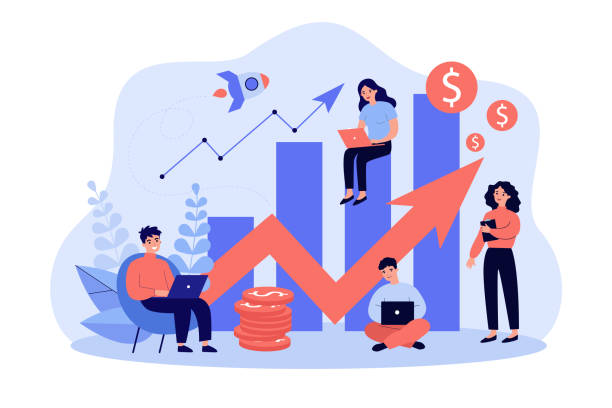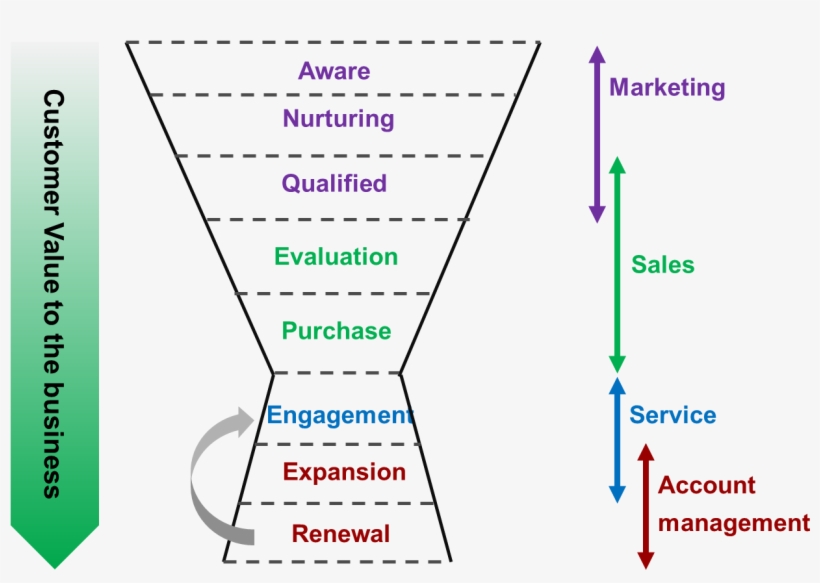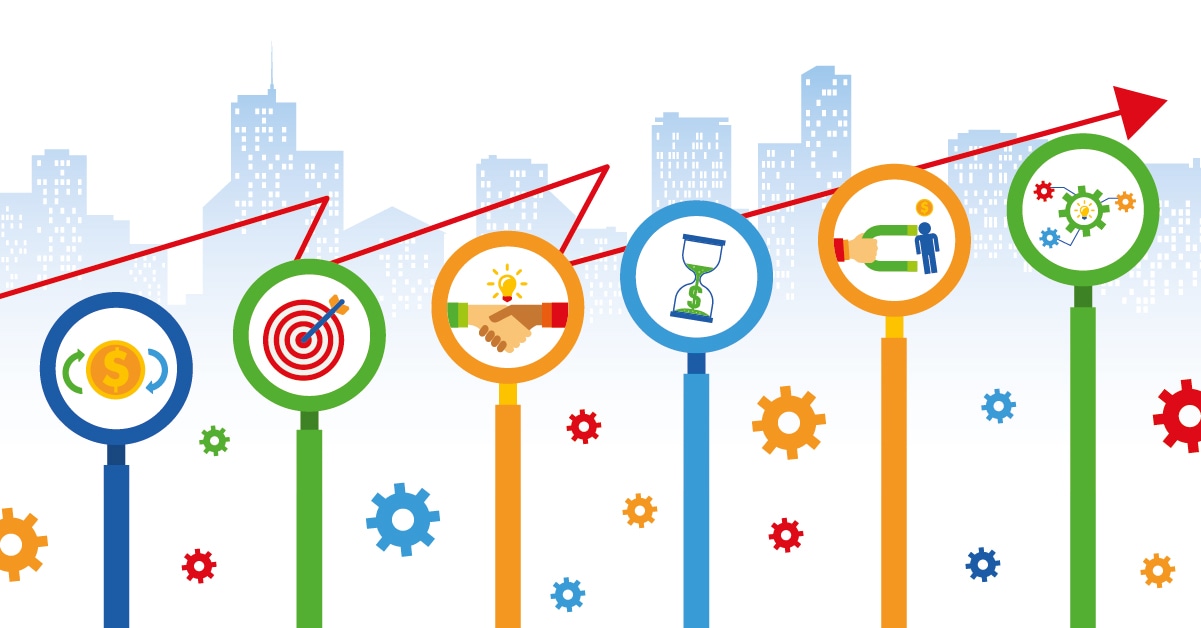If you run a store, selling physical products to customers, it is quite easy to convince them to buy. After all, you’re selling something tangible. Now imagine the plight of SaaS business owners. Their product is firstly a service. Secondly, there isn’t anything tactile to hold in your hand. Why should customers pay for software? Selling something that your customers shall never hold in their hands needs a specific approach and a ton of practice.
Software as a service or SaaS is any cloud software product that a firm hosts and makes available to customers over the internet instead of offering it as a download onto their PCs or mobile phones. The SaaS industry is known for alternative selling techniques, key metrics, and sales process activities as opposed to those you might find while selling a tangible physical product or a traditional service. This article could help you build a clear roadmap for reaching your or your firm’s sales goals.
Table of Contents
What are SaaS Sales?

SaaS sales refer to the process of selling software that customers may access through an online portal or website, and utilize it to solve a business problem. The end goal is to make your customers more successful. How you do that is your choice. Whether you save them time, money or improve their own ability to drive revenue, is up to you. SaaS products are typically more complex to use than physical products. A prospect would need a lot of education and training from sales reps before they buy.
The product also usually has a subscription-based pricing model, so customers become repeat customers each month, quarter, or year. This means steady revenue for the SaaS company, as well as considerable investment for the prospect as well. Over the course of a few years, a SaaS customer may spend tens of thousands of dollars on their software subscription if not more. SaaS selling is high-stakes, and reps would do well to include multiple decision-makers from a target firm in their sales process, offering a personalized customer experience. SaaS packages tend to be very customizable in terms of features, and this can draw out the sales cycle, as prospects negotiate which features they need for their business.
Length of a SaaS Sale Cycle

If you know the length of your sales cycle, you may create accurate revenue forecasts – essential to the health of any SaaS firm. Whether your product takes a fortnight or 6 months to sell, depends upon many factors.
Type of Customer
If small businesses or solo entrepreneurs are buying, they require less time because there are fewer decision-makers involved. Enterprise customers on the other hand have a formal process for vetting and approving purchases and this involves multiple steps and decision-makers.
Price of Product
A SaaS sales cycle’s length increases as the price of the product increase. The more expensive products often require buy-in from multiple decision-makers at a firm, significant budgetary planning, and a number of demo meetings to demonstrate the product’s value.
Complexity of Product
If your product has many customization options, your leads will need more demos or support before they buy it. Customization options for SaaS products create back-and-forth negotiations that can take considerable time.
Free Trials
Offering free trials for your product naturally adds time to your sales cycle, because customers won’t buy before the free period is over. Offer trials, but be careful of their length and factor this in when you are calculating the length of your sales cycle. Ensure that your reps are checking in with prospects during and not after their trial. Short free trial periods are great because they cut your sales cycle and goad users to act quickly. Those who start with a 7-day or 14-day limit are more likely to test the software immediately while those who start a month-long trial may get complacent, putting off testing till the trial is over.
Challenges of SaaS Sales
Don’t expect to transition to SaaS sales from a non-SaaS selling role and find success. There are a few important aspects of SaaS sales that might take some time to get used to, areas where even veteran SaaS players find it difficult. Set yourself apart from the competition and give your consumers something unique. You need to be well versed in all the different technologies that your customers use. When you are selling a SaaS product, your customers may integrate it with other solutions. Find out which technologies your solution is compatible with, and how your competition’s offerings stack up.
Don’t focus so much on the product that you forget that buyers on the other end have to integrate your solution with their software stack, for which they have to deal with their engineering or IT team to apply your solution. It is imperative that your sales team sells a solution that meets your customer’s needs, and you help your customers on board with your product. Customers are fickle. If they don’t adopt your solution and see success, they’ll find something else. Get your reps to streamline the solution and discuss only what is pertinent to the customer’s needs.
Important Metrics for SaaS Sales

Monthly Recurring Revenue (MRR) and Annual Recurring Revenue (ARR)
MRR refers to the amount of revenue your company expects to bring in each month, based on the value of your current client’s subscriptions. MRR is very important and easy to calculate. Just add up the monthly fee paid by each customer. ARR is a measure of how much revenue your firm would bring in over the course of a year based on current subscription value. ARR is just MRRX12.
Customer Acquisition Cost – (CAC)
The customer acquisition cost is the mean cost of signing a new user. Your ad budget and your sales and marketing team’s efforts, all impact CAC. To calculate it, divide the total cost of your sales and marketing expenses by the total number of customers acquired during the same period.
Customer Lifetime Value – (LTV)
This refers to the amount of revenue an average customer will generate over the course of your relationship with them. If your LTV outweighs your CAC, your business is successful. To calculate LTV just multiply the customer value by the customer lifespan. Here customer value refers to the average purchase value multiplied by the average purchase frequency rate. You need to calculate a couple of averages before you land on the CLV.
Churn Rate
This refers to the percentage of customers that leave each month or year, which you have to compare to industry benchmarks to evaluate your company’s health. To calculate the churn rate, divide the number of customers that leave during a given period by the total number of customers during the same period. Multiply by 100 to get the percentage.
Activity Volume and Type
Seeing as SaaS salespeople use both offline and online communication methods to nurture prospects, you need to find out which activities have the most success.
Win Rate
This shows you how your sales teams or reps are stacking up. It is the percentage of total leads closed by the sales team for a given time period.
Deal Velocity
This refers to the average amount of time it takes for a lead to move through the sales pipeline. Larger deals take more effort than smaller ones but remember not to spend too much time on any but rather keep them moving daily and weekly if possible.
Market Data
While studying the activity levels and individual win rates of your sales reps and optimizing your process, do pay attention to the customer and market attributes like which industries need your product the most, where you might do well geographically, your prospect’s firm sizes, and whether they are public or not.
SaaS Sales Techniques That Work
Custom or Live Setup Call – What’s special about SaaS customers is that not only do they want to know how your product works but also how it might specifically work for them. Have a CRM expert from your team help potential customers configure their CRM to match and achieve their objectives.
1 to Many Demo – This refers to a semi-personalized webinar hosted by a SaaS sales rep, during which a small group of interested prospects can attend your product’s live overview and ask individual questions. These customers can engage with and use your product without engaging a sales professional.
In Trial Nurturing – If a user signs up for a trial, you could subscribe them to an automated email sequence that gives them resources, demo videos, or any other form of support so they get the most out of their experience. This is a great chance for a sales rep to reach out directly for some one-on-one guidance which may double as prospect qualification.
Automated Follow-Up System – If your follow-up system is documented and thorough, your sales reps won’t be left guessing which steps to take next. This might also prevent possible customers from vanishing.
Annual Discounts – Everybody loves a good discount. Offering a discount in exchange for the customer paying the year’s subscription instead of the monthly module will make customers feel as if they’re getting a deal while making your company a sizable amount of cash.
Final Thoughts
In conclusion, selling SaaS software isn’t easy. However, the above guide may serve as a blueprint for companies who are hawking software to customers. If you are looking at reading more such guides, explore our guide section on SaaSworthy Blog here!






